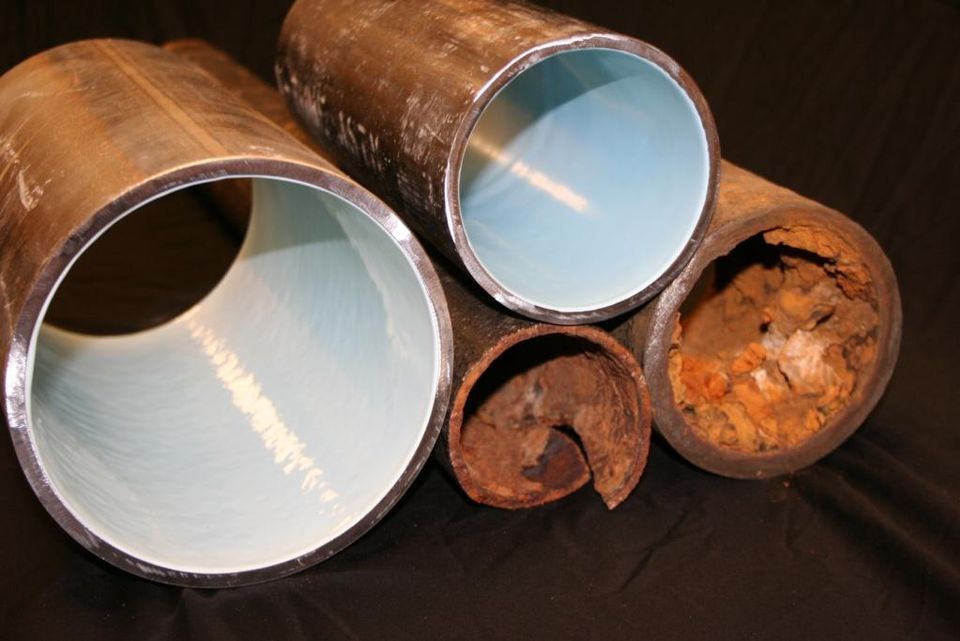When it comes to maintaining a healthy plumbing system, durability is paramount. Homeowners want solutions that will stand the test of time, providing reliable performance and peace of mind for years to come. In the realm of pipe repair and rehabilitation, pipe lining has emerged as a popular choice for its durability and longevity. In this blog, we'll explore the factors that contribute to the durability of lined pipes, helping homeowners understand what to expect and how to ensure the long-term integrity of their plumbing systems.
Understanding Pipe Lining:
Pipe lining, also known as cured-in-place pipe (CIPP) lining, is a trenchless technology used to rehabilitate existing pipelines without the need for extensive excavation. This method involves inserting a flexible liner coated with resin into the damaged pipe, curing it in place to create a new, seamless pipe within the existing one. But just how durable are these lined pipes, and what factors contribute to their longevity?
Factors Contributing to Durability:
1. Material Quality: The durability of lined pipes depends largely on the quality of materials used in the lining process. High-quality resins and liners are essential for ensuring a strong, corrosion-resistant barrier that can withstand the rigors of daily use and environmental factors.
2. Proper Installation: Proper installation is crucial for the long-term durability of lined pipes. Experienced technicians must follow industry best practices and adhere to manufacturer guidelines to ensure the lining material is applied correctly and bonds securely to the existing pipe walls.
3. Structural Integrity: Lined pipes must maintain their structural integrity over time to withstand the pressure and flow of water, as well as external forces such as ground movement or root intrusion. The seamless nature of pipe lining minimizes the risk of joint failure or weak points that can compromise durability.
4. Resistance to Corrosion: One of the primary benefits of pipe lining is its resistance to corrosion. The lining material creates a protective barrier that shields the existing pipe from corrosive elements, extending its lifespan and reducing the risk of leaks or failures.
5. Environmental Factors: Environmental factors such as soil composition, temperature fluctuations, and exposure to chemicals or wastewater can impact the durability of lined pipes. Choosing lining materials that are resistant to these factors is essential for ensuring long-term performance.
6. Regular Maintenance: While lined pipes are durable, regular maintenance is still necessary to ensure optimal performance and longevity. Routine inspections and preventive maintenance measures can help identify any issues early and address them before they escalate into costly repairs.
Benefits of Durable Lined Pipes:
1. Longevity: Durable lined pipes can provide reliable performance for decades, extending the lifespan of existing pipelines and reducing the need for frequent repairs or replacements.
2. Cost Savings: By minimizing the risk of leaks, corrosion, and structural failures, durable lined pipes help homeowners save money on repair and maintenance costs over time.
3. Peace of Mind: Knowing that their plumbing system is protected by durable lined pipes, homeowners can enjoy peace of mind, confident that their infrastructure is built to last.
Conclusion:
Pipe lining offers homeowners a durable and long-lasting solution for rehabilitating existing pipelines, providing reliable performance and peace of mind for years to come. By understanding the factors that contribute to the durability of lined pipes and investing in high-quality materials and proper installation, homeowners can ensure the longevity and integrity of their plumbing systems. Whether addressing leaks, corrosion, or structural issues, durable lined pipes offer a cost-effective and sustainable solution for maintaining a healthy plumbing infrastructure.


